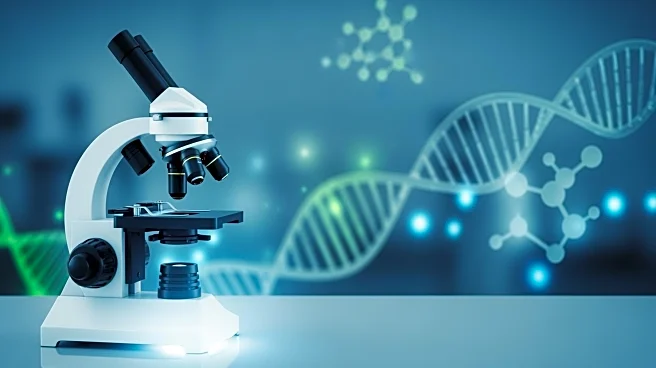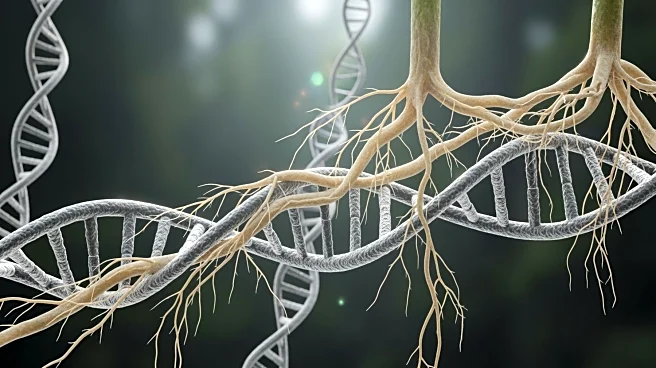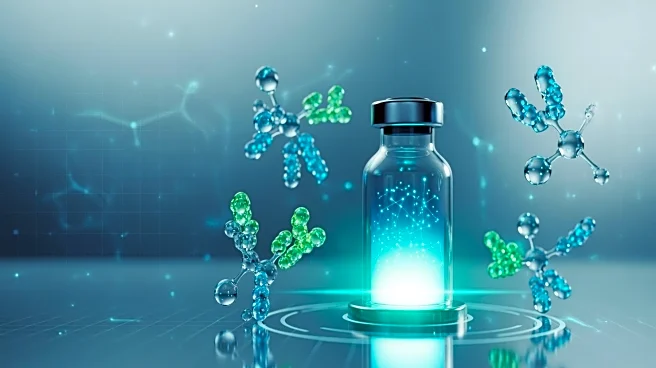What's Happening?
Researchers at the University of Edinburgh have discovered a genetic link between red hair and impaired wound healing. The study, published in the Proceedings of the National Academy of Sciences, highlights
the role of the MC1R gene, which is typically associated with pigmentation and UV protection, in wound healing. The research found that dysregulation of the POMC-MC1R axis is common in chronic wounds, such as diabetic and pressure ulcers, particularly affecting individuals with red hair due to inactive or partially inactive MC1R proteins. The study also tested a topical MC1R agonist treatment on mice, which showed promising results in restoring healing and reducing scarring, although it is only effective for those with partially functional MC1R proteins.
Why It's Important?
This discovery is significant as it provides a potential pathway for improving wound healing in individuals with chronic wounds, particularly those with red hair. Chronic wounds are a major healthcare challenge, often leading to infections and poor patient outcomes. The identification of the MC1R gene's role in wound healing could lead to targeted treatments that enhance recovery and reduce complications. The potential for a topical treatment that accelerates healing and reduces scarring could improve quality of life for many patients, especially the elderly, who are more prone to chronic wounds.
What's Next?
Human trials for the MC1R agonist treatment are anticipated, as the researchers aim to replicate the promising results seen in mice. If successful, this could lead to new therapeutic options for individuals with chronic wounds, particularly those with red hair. The treatment's development will focus on ensuring safety and efficacy in human subjects, potentially offering a new standard of care for wound management.











